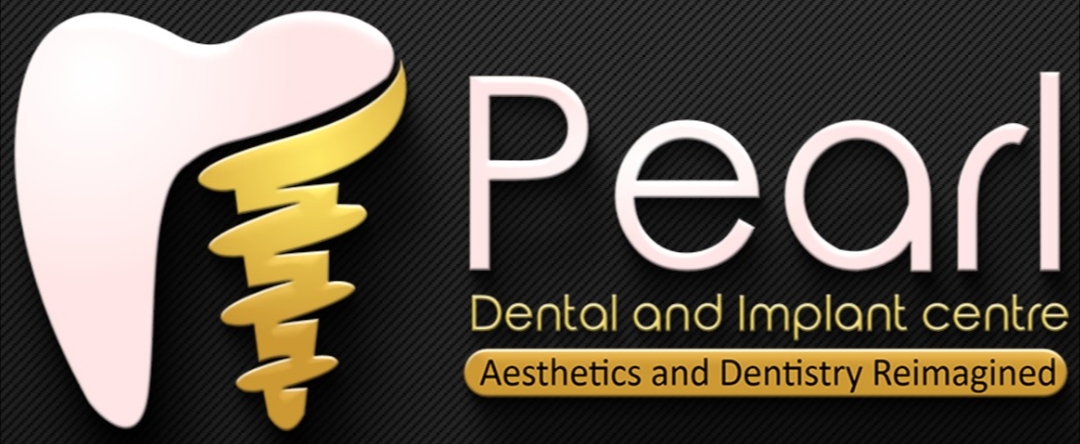Braces and Aligners: Finding the Perfect Solution for a Straighter Smile
Straightening your teeth not only improves your smile but also enhances your overall oral health. Braces and aligners are two popular options for achieving a straighter, more aligned smile. This blog will explore the differences between braces and aligners, their benefits, and how to choose the right option for you.
What Are Braces and Aligners?
Braces are traditional orthodontic devices used to correct misaligned teeth and bite issues. They consist of metal or ceramic brackets attached to each tooth and connected by wires. Regular adjustments are made to gradually shift the teeth into their correct positions.
Aligners are a more modern alternative to braces. These are clear, removable trays that are custom-made to fit your teeth. Aligners work by gently moving your teeth into alignment over time, without the need for metal brackets and wires.
Braces: Key Features and Benefits
- Effectiveness: Braces are highly effective for treating a wide range of orthodontic issues, including complex misalignments and bite problems.
- Durability: Made from strong materials, braces are designed to handle significant movements and corrections.
- Customization: Metal braces can be customized with colorful bands, adding a fun element to your treatment.
Aligners: Key Features and Benefits
- Aesthetics: Aligners are clear and virtually invisible, making them a popular choice for those who prefer a more discreet treatment.
- Comfort: Aligners are made from smooth plastic, reducing the risk of irritation often associated with metal braces.
- Removability: Aligners can be removed for eating, drinking, and oral hygiene, providing greater flexibility and convenience.
The Treatment Process
Braces:
- Consultation: Your orthodontist will evaluate your dental needs and create a personalized treatment plan.
- Placement: Brackets are bonded to your teeth, and wires are threaded through them.
- Adjustments: Regular visits are required for adjustments to ensure the braces are effectively moving your teeth.
- Completion: Once the desired alignment is achieved, the braces are removed, and a retainer is often used to maintain results.
Aligners:
- Consultation: Your dentist will assess your teeth and take digital impressions to design a custom aligner plan.
- Fitting: You will receive a series of aligners, each to be worn for a specified period.
- Progression: As you progress through the aligners, your teeth gradually shift into the desired position.
- Retention: After completing the aligner treatment, a retainer may be used to keep your teeth in their new position.
Choosing Between Braces and Aligners
The choice between braces and aligners depends on various factors:
- Severity of Misalignment: Braces may be more suitable for complex cases, while aligners are often used for less severe issues.
- Aesthetic Preferences: If you prefer a discreet option, aligners are less noticeable compared to traditional braces.
- Lifestyle and Convenience: Aligners offer the flexibility of removal for eating and cleaning, whereas braces require more attention to oral hygiene and food restrictions.
Conclusion
Both braces and aligners offer effective solutions for achieving a straighter, healthier smile. By understanding the features and benefits of each option, you can make an informed decision that aligns with your dental needs and lifestyle. Consult with your orthodontist or dentist to determine the best treatment plan for you and take the first step towards a more confident and beautiful smile.
